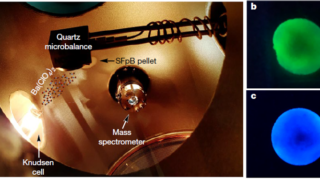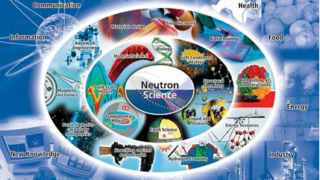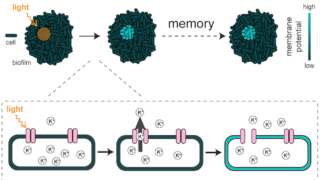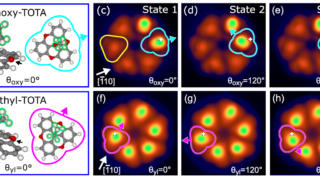
Genetic risk for Alzheimer’s also predisposes for COVID-19 infection
It seems that the genetic risk of an APOE4 variant in the APOE gene would not only increase risk for Alzheimer’s but also would increase the chances of getting infected by the COVID-19 virus. The APO protein is involved in cholesterol metabolism and the immune system. However, its precise role in Alzheimer’s disease is as […]








